Rubber ducks aren’t just for debugging. They also bring deeper understanding.
Here in Brussels the summer holiday is fast approaching, but it’s not quite here yet! Important movements abound and impactful decisions are still being made.
On the Member States Governments’ side, the Finnish Presidency of the Council of the EU started on July 1st. Coming with him is attention toward working for a sustainable future, based on an “Economy of Wellbeing”.
The May elections have been won or lost but the race for EU top jobs is not over. After settling its chairmanship, the EU Parliament barely agreed with the European Council’s proposal for the European Commission President, former German Minister of Defence, Ursula von der Leyen. Soon we’ll get to know the Commissioners. It seems that not all of them will be new in town, some will stay in Berlaymont, the Commission’s headquarters. Margrethe Vestager, the famous Danish Competition Commissioner engaged in an antitrust battle with big tech companies, is one of them, together with the Dutch Frans Timmermans, who could retain his position of First Vice-President.
As we follow this, we’re reading the Political agenda of the new Commission President, which offers a glimpse of the next Commission’s regulatory priorities. A paragraph in the chapter dedicated to the digital agenda seems unfinished. Perhaps there wasn’t time to revise the text or to come to a clear position.
Speaking of revising content, the rubber duck to which the programmers explain their code, often line-by-line, comes to mind. This is called rubber duck debugging. It’s not just about debugging, but also about a deeper understanding of the problem and the solution.
It is clear that the next Commission will take an ambitious approach to give Europe a boost in global competition. The objectives for the digital economy reflect what was said during the electoral campaign about “fair taxation” and setting high standards in data protection, privacy, security, transparency and ethics, imposing “European values” beyond EU borders.
How this will be translated into legislation remains to be seen. There is no doubt that this will have a great impact on the developer community. It’s all about imposing rules on not only how technology is utilised in Europe. However it also focuses on how technological solutions should be designed and developed. Artificial Intelligence is one of the most relevant examples where the EU wants to put its regulatory stamp. When it comes to AI, and disruptive technologies in general, we hope that Europe will take precaution hand in hand with innovation. One principle doesn’t exclude the other.
From our perspective, any attempt to amend the current framework or to set new rules for digital products and services should be the result of a careful assessment of the situation and not of solely political impulses. Under no circumstances would a rent-seeking approach, which is tempting for certain policymakers, be helpful for Europe’s digital economy.
We’ve seen from prior experience that the EU regulators (and some national ones too!) tend to focus only on the big tech companies. This is the case with the “digital tax”, for example. We have, and will continue, to caution them on the ancillary impacts of proposed rules. Europe cannot lose sight of the other actors, large and small, in the digital ecosystem.
Wishful thinking:
EU Better Regulation policy is often highly praised in all declarations coming from all three EU institutions, but too often ignored when it comes to political negotiations. So in the spirit of Better Regulation, policy-makers should accept a walk-through when drafting such proposals.
Not to mention that we and the entire developer community will be more than happy to see rubber duckies on their desks…
Note: For those not familiar with programming jargon, walk-through and rubber-duck debugging are two of the software development principles and practices successfully used by developers to deliver optimal solutions.





